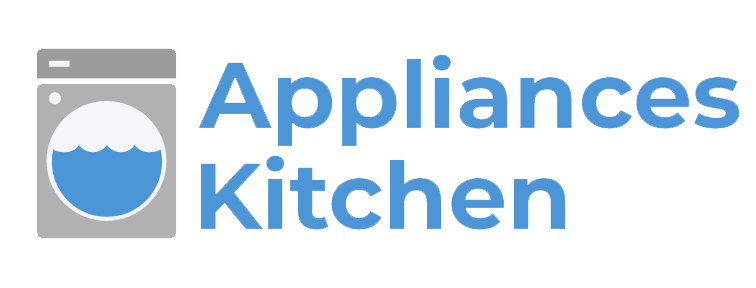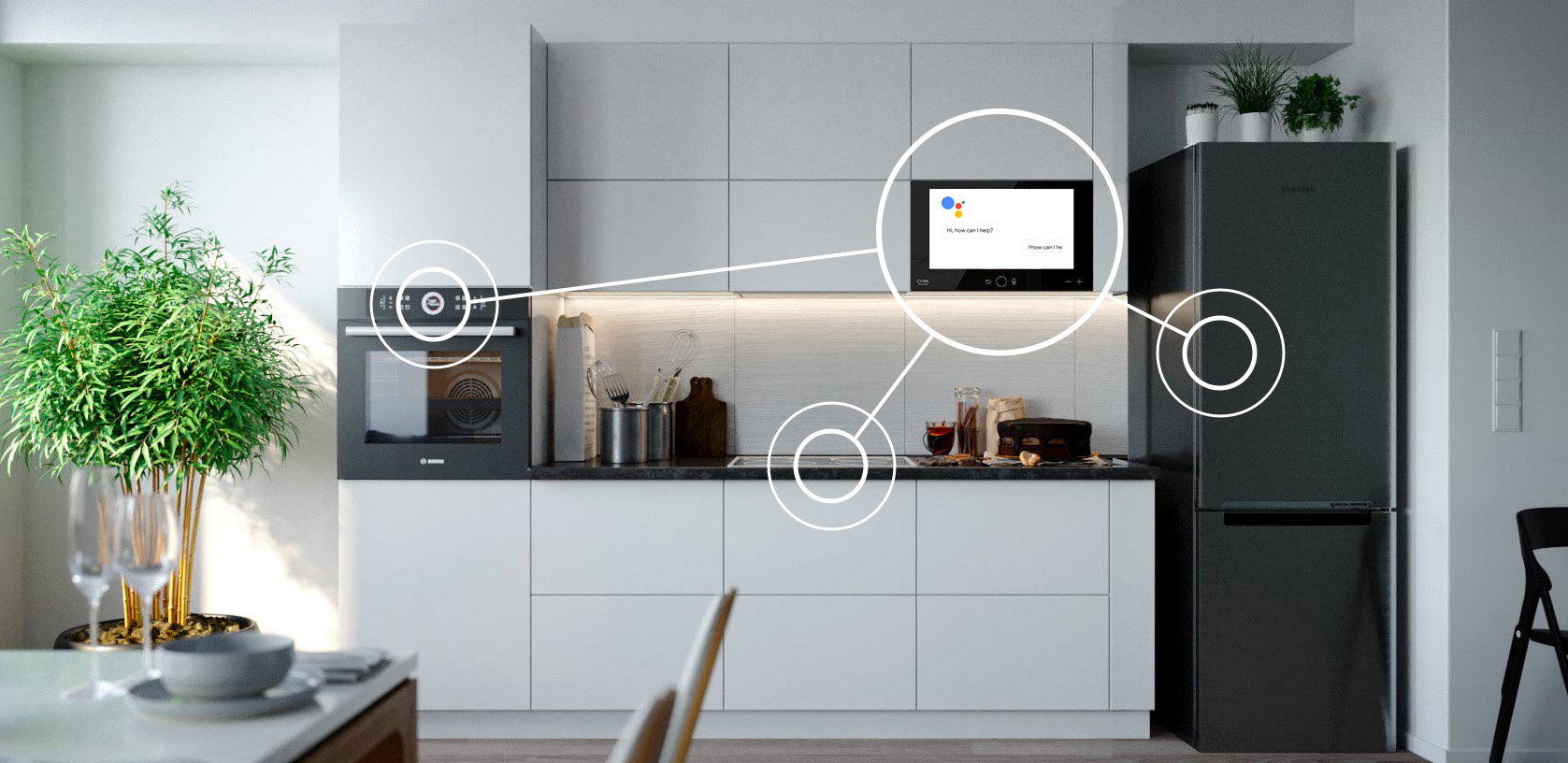Introduction:
The kitchen is often considered the heart of the home, where families gather to cook, dine, and create cherished memories together. However, it’s also a place where accidents can happen, from minor burns to more serious incidents like fires or gas leaks. In recent years, advancements in artificial intelligence (AI) technology have paved the way for innovative solutions to enhance kitchen safety in British homes. From smart sensors to predictive analytics, AI-driven systems are revolutionizing the way we monitor, prevent, and respond to potential hazards in the kitchen. In this article, we’ll explore the role of AI-driven solutions in smart kitchen safety, their benefits, features, and how they provide peace of mind for homeowners across the United Kingdom.
The Importance of Kitchen Safety in British Homes
Kitchen Hazards and Risks:
The kitchen poses various hazards, including burns, cuts, slips, and appliance malfunctions, as well as potential fire, gas, or electrical emergencies, highlighting the importance of proactive safety measures.
Impact on Household Well-Being:
Kitchen accidents can result in injuries, property damage, and emotional distress for homeowners and their families, underscoring the need for effective safety protocols and technologies to mitigate risks and ensure peace of mind.
Understanding AI-Driven Solutions for Kitchen Safety
Integration of Smart Sensors:
AI-driven kitchen safety systems leverage smart sensors embedded in appliances, fixtures, and environmental monitoring devices to collect real-time data on temperature, humidity, gas levels, and other parameters relevant to safety.
Predictive Analytics Algorithms:
Advanced AI algorithms analyze data collected from smart sensors to identify patterns, anomalies, and potential safety hazards, enabling predictive modeling and early intervention to prevent accidents before they occur.
Automated Alerts and Notifications:
AI-driven safety systems can generate automated alerts and notifications, such as smartphone notifications, audible alarms, or visual indicators, to alert homeowners to potential risks or emergencies in the kitchen.
Integration with Smart Home Ecosystems:
AI-driven kitchen safety solutions seamlessly integrate with existing smart home ecosystems, enabling interoperability with voice assistants, mobile apps, and other connected devices for enhanced control and monitoring capabilities.
Features and Benefits of AI-Driven Kitchen Safety Systems
Early Detection of Hazards:
AI-driven systems can detect potential hazards, such as gas leaks, overheating appliances, or water leaks, in real-time, allowing for timely intervention and preventive measures to mitigate risks and ensure safety.
Customizable Safety Profiles:
Homeowners can create customizable safety profiles and preferences within AI-driven systems, specifying thresholds, triggers, and response protocols tailored to their unique needs and preferences.
Remote Monitoring and Control:
AI-driven safety systems enable remote monitoring and control of kitchen appliances and environmental conditions, allowing homeowners to check status updates, adjust settings, and receive alerts from anywhere via their smartphones or tablets.
Integration with Emergency Services:
Some AI-driven safety systems offer integration with emergency services, enabling automatic dispatch of first responders in the event of a serious safety incident or medical emergency requiring immediate assistance.
Implementation and Installation Considerations
Evaluation of Existing Infrastructure:
Before installing AI-driven kitchen safety systems, homeowners should assess their existing kitchen layout, appliances, and infrastructure to determine compatibility, connectivity requirements, and potential integration challenges.
Professional Installation and Setup:
Complex AI-driven safety systems may require professional installation and setup to ensure proper calibration, configuration, and integration with existing smart home devices and networks.
User Training and Familiarization:
Homeowners should undergo training and familiarization with the operation, features, and functionalities of AI-driven safety systems to maximize their effectiveness and ensure proper usage in emergency situations.
Case Studies and Success Stories
The Patel Family’s Kitchen Safety Makeover:
The Patel family installed an AI-driven kitchen safety system featuring smart sensors and predictive analytics, which alerted them to a potential gas leak before it escalated into a dangerous situation, demonstrating the life-saving capabilities of AI technology.
Smart Kitchen Safety in Rental Properties:
Landlords and property managers are increasingly deploying AI-driven safety systems in rental properties to enhance tenant safety, reduce liability risks, and comply with regulatory requirements for fire and gas safety in residential settings.
Future Trends and Innovations
Machine Learning for Continuous Improvement:
Ongoing advancements in machine learning algorithms enable AI-driven safety systems to continuously learn from data, refine predictive models, and adapt to changing kitchen environments and usage patterns over time.
Enhanced Sensor Technologies:
Future iterations of AI-driven safety systems may incorporate advanced sensor technologies, such as multispectral imaging or chemical sensors, to detect a wider range of safety hazards and environmental contaminants in the kitchen.
Conclusion: Empowering Homeowners with Smart Kitchen Safety Solutions
AI-driven solutions are transforming kitchen safety in British homes, offering proactive monitoring, early detection, and rapid response capabilities to mitigate risks and protect occupants from potential hazards. By leveraging smart sensors, predictive analytics, and connectivity features, homeowners can enjoy greater peace of mind knowing that their kitchens are equipped with state-of-the-art safety technology that helps prevent accidents and emergencies before they occur. As AI technology continues to evolve and become more accessible, the future of kitchen safety looks promising, with innovative solutions that prioritize the well-being and security of families across the United Kingdom.

